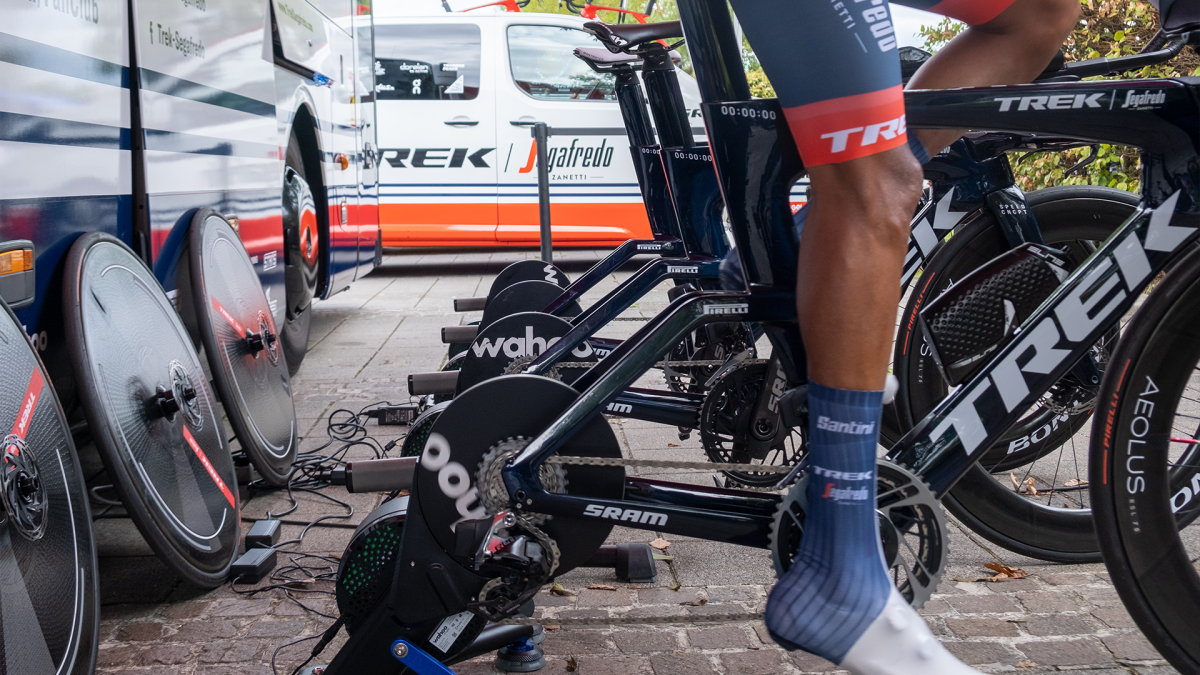
Bicycle rollers are an excellent training tool for cyclists of all levels. They allow riders to train indoors and simulate outdoor riding conditions, providing a low-impact, high-intensity workout that can improve cardiovascular endurance, leg strength, and overall fitness. However, with so many different types of bicycle rollers on the market, choosing the right one can be a daunting task. In this article, we’ll explore how to choose the right type of bicycle roller for your bike.
Types of Bicycle Rollers
Before we dive into how to choose the right type of bicycle roller, it’s important to understand the different types of rollers that are available. There are three main types of bicycle rollers:
Conventional Rollers – Conventional rollers are the most basic type of bicycle roller. They consist of three cylinders, arranged in a triangle formation. The two rear rollers are connected to a frame, while the front roller is free-floating. Cyclists mount their bike on the rollers and ride in place, using their own balance to stay upright. Conventional rollers don’t have any resistance settings, so the intensity of the workout is determined by the rider’s pedaling effort.
Magnetic Rollers – Magnetic rollers are similar to conventional rollers, but they have adjustable resistance settings. This allows riders to vary the intensity of their workout and simulate riding on hills and flats. Magnetic rollers are typically quieter than conventional rollers, but they can be more expensive.
Direct-Drive Rollers – Direct-drive rollers are the most advanced type of bicycle roller. They consist of a single roller that the bike’s rear wheel sits directly on. The resistance is provided by an internal flywheel, which is controlled by a handlebar-mounted remote. Direct-drive rollers provide the most realistic outdoor riding experience, but they can be very expensive.
Factors to Consider When Choosing a Bicycle Roller
Now that we’ve covered the different types of bicycle rollers, let’s discuss the factors to consider when choosing the right type of roller for your bike.
Budget – Bicycle rollers can range in price from less than $100 to over $1,000, depending on the type and features. Consider your budget when selecting a roller, but keep in mind that more expensive rollers may provide a more realistic and effective training experience.
Skill Level – Different types of rollers are better suited for different skill levels. Conventional rollers are a good option for beginners, as they require riders to develop their balance and coordination. Magnetic rollers are a good option for intermediate riders, as they provide adjustable resistance levels. Direct-drive rollers are best for advanced riders who are looking for a highly realistic outdoor riding experience.
Noise Level – Some types of bicycle rollers can be quite loud, particularly conventional rollers. If you plan to use your roller in an apartment or other shared living space, consider a quieter option, such as magnetic or direct-drive rollers.
Adjustability – If you want the ability to adjust the resistance level of your roller, consider a magnetic or direct-drive roller. Conventional rollers don’t have any resistance settings, so the intensity of the workout is determined by the rider’s pedaling effort.
Portability – If you plan to take your bicycle roller on the road or store it in a small space, consider a roller that is lightweight and easy to transport. Conventional and magnetic rollers are typically more portable than direct-drive rollers.
Durability – Consider the durability of the roller when making your selection. Look for a roller that is made from high-quality materials and has a solid construction. Additionally, consider the warranty and customer service offered by the manufacturer.
Conclusion
Choosing the right type of bicycle roller for your bike can be a challenging process, but by considering factors such as your budget, skill level, noise level, adjustability, portability, and durability, you can make an informed decision. Conventional rollers are a good option for beginners, while magnetic rollers are better suited for intermediate riders. Direct-drive rollers are best for advanced riders who want the most realistic outdoor riding experience. Regardless of which type of roller you choose, incorporating bicycle rollers into your training plan can help you achieve your cycling goals and improve your overall fitness.

